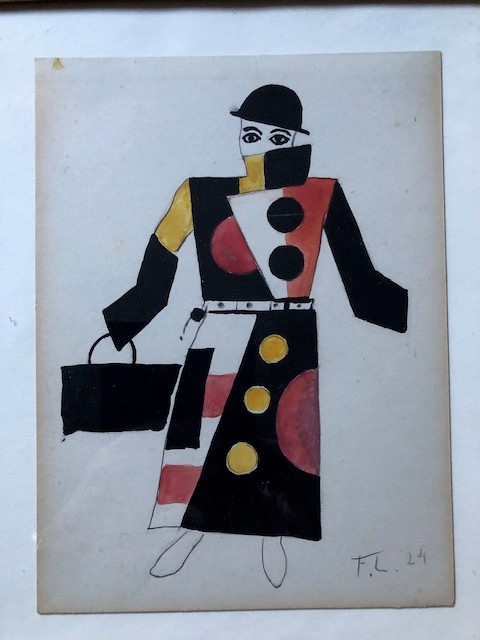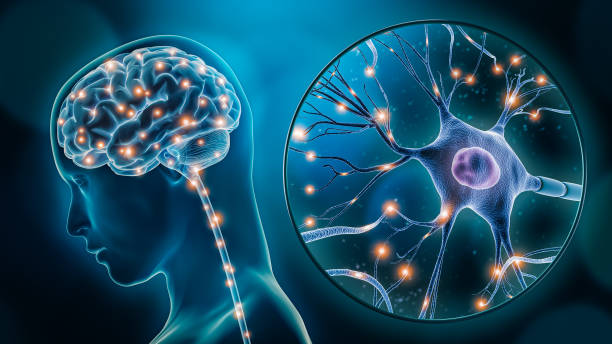Larionov, working for Diaghilev’s Ballets Russes
by Prof. Francesco Carelli, University of Milan, Italy
Mikhail Fyodorovich Larionov ( June 3, 1881 – May 10, 1964) was a Russian avant-garde painter who worked with radical exhibitors and pioneered the first approach to abstract Russian art.
In 1898, he entered the Moscow School of Painting, Sculpture and Architecture under Isaac Levitan and Valentin Serov. He was suspended three times for his radical outlook. In 1900 he met fellow avant-garde artist Natalia Goncharova and formed a lifelong relationship with her. From 1902 his style was Impressionism. After a visit to Paris in 1906 he moved into Post-Impressionism and then a Neo-primitive style which derived partly from Russian sign painting. In 1908 he staged the Golden Fleece exhibition in Moscow, which included paintings by international avant-garde artists such as Matisse, Derain, Braque, Gauguin and Van Gogh. Other group shows promoted by him included Tatlin, Chagall and Malevich.
Larionov was a founding member of two important Russian artistic groups: Jack of Diamonds (1909–1911) and the more radical Donkey’s Tail (1912–1913). He gave names to both groups. His first solo show was for one day in Moscow in 1911.
He then became influenced by the Cubo-Futurist art movement, and in 1913, with Natalia Goncharova, he invented Rayonism, which was the first creation of near-abstract art in Russia. He had a one-man show at the Omega Workshops. In 1915 he left Russia and worked with the ballet owner Sergei Diaghilev in Paris on the productions of the Ballets Russes. He spent the rest of his life in France and obtained French citizenship.
Photo: tempera on paper





